The Best Products Of 2009
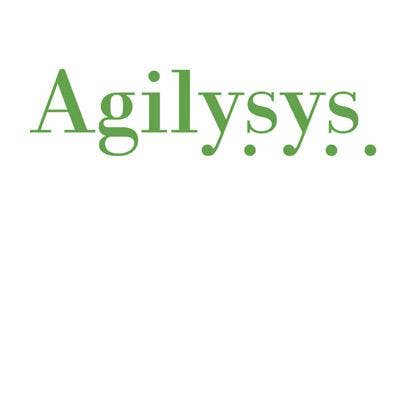
C'mon, Buck Up -- 2009 Wasn't All Bad
In fact, for the information technology industry and the channel, 2009 saw significant and game-changing products hit the market -- products that should lead the charge into what's expected to be a notable refresh cycle in 2010.
From the most powerful, industry-standard CPU that we've ever seen to Microsoft's Windows 7 operating system (a product that many believe should have been introduced instead of Windows Vista three years ago), technology companies delivered the goods. The duo of multicore processing and virtualization altered the data center landscape in the most dramatic fashion since IBM phased out punch cards. Security aggressively kept ahead of the bad guys. Stuff just worked.
Amid a backdrop of the worst economic conditions in a lifetime, selecting 2009's Products of the Year was a challenging -- and rewarding -- task.
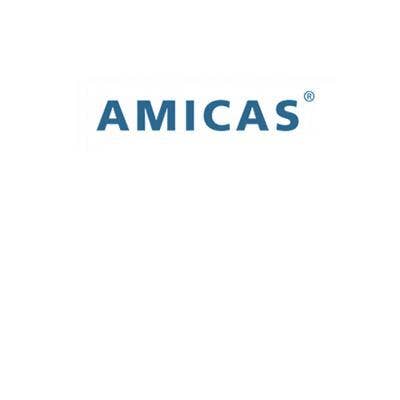
CPU: Intel Xeon 5500 Series
Consider this performance: In a server running dual-Xeon 5500 CPUs, the CRN Test Center was able to load Windows Server 2008 and install 20 virtual Server 2008 instances (with Hyper-V) in less than an hour. While Intel has never claimed that type of performance using the 5500 series, we saw it with our own eyes and became immediate believers.

Security Appliance: Fortinet FortiGate 620B
Fortinet's top-notch security device can be deemed next-level Unified Threat Management. With additional features not often bundled in your usual UTM and with advanced hardware engineering, the FortiGate 620B represents a new generation of UTM devices. The appliance emphasizes scalability with support for up to a 14-slot chassis for large enterprises. What's attention-grabbing about this device, and a potential key for solution providers, is that it fights threats that have broken through the security perimeter of the average network, including threats posed by mobile devices that often pass through traditional security defenses.
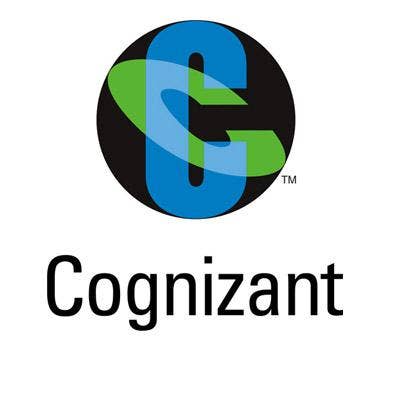
Storage: Intel's X25-M SSD
Intel's well-known line of flash-based solid state drives (SSDs) got an upgrade this year when the company introduced versions of the X25-M built on 34nm architecture. Previous models, such as the one that was part of the CRN Test Center's Ultimate PC project, used 50nm designs. The immediate result of this change was a considerable price drop for the current 80-GB and 160-GB drives. Combined with features in Windows 7 that are designed to take advantage of SSDs, the advanced feature set and more attractive pricing give Intel the potential to gain an even larger portion of the growing SSD market.
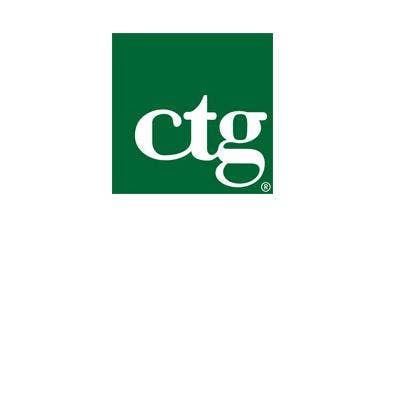
Smartphone: iPhone 3GS
CRN editors had some discussion as to whether to even include the smartphone as a category this year, given the fact that most of the top manufacturers seem to release a new one every hour on the hour. (That's an exaggeration, for those keeping track.) Still, it's been one of the most proficient segments of the technology market. We did consider Motorola's Droid phone, which introduced the Android 2.0 operating system to a larger audience than had ever before seen it. But, ultimately, we had to tip our cap to Apple for its iPhone 3GS -- a device that added video and significant software improvements to the company's smartphone platform. When considered against the backdrop of Apple's wildly successful iTunes App Store, and a significant price cut this year in the lineup, the iPhone 3GS topped the list for 2009. Given the wide acceptance of the iPhone's support of Exchange, and entry of vendors including Salesforce.com, Autodesk and other enterprise veterans into the iPhone platform, look for it to remain strong for business in 2010 as well.
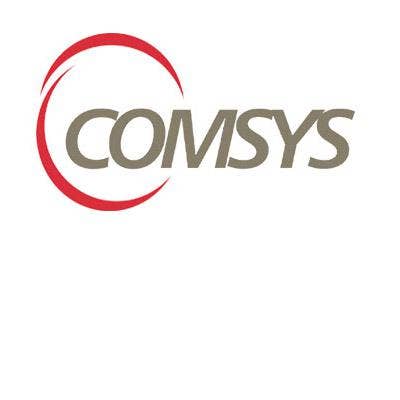
Antispam: AVG Internet Business Security Edition And Kaspersky Anti-Spam 3.0
We have two products that we honor, together, in this space. In 2008, the CRN Test Center reviewed dozens of antispam solutions—with a dwindling number of new products sent to market during 2009. Still, AVG and Kaspersky have delivered products that stand out. We found the antispam component of AVG's suite to be stellar -- particularly as a potential solution for small business. It works well, takes up very little PC overhead, and even as one item as part of a larger software suite does a noticeable job in fighting phishing attempts and server-based spam. We also liked the approach of Kasperksy Anti-Spam 3.0, which provides tools including list-based filtration, trend-based spam blocking, linguistic heuristics (which scans individual items for spam characteristics), and access to Kaspersky's spam signature database. Both offerings are more than worthy of consideration.
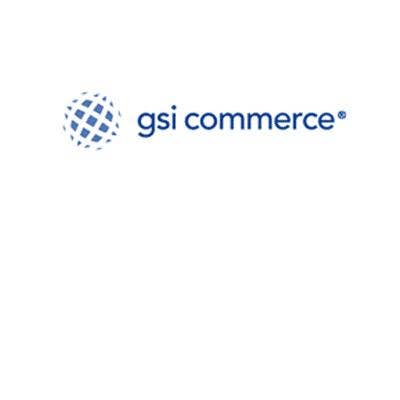
Wireless: D-Link DIR 615
The CRN Test Center hasn't been completely won over by what's been out there to address 802.11n technology, but D-Link's approach is worth noticing.
A couple of quick points about the DIR-615: D-Link is pitching this for small office or home wireless networking -- an area where the CRN Test Center has viewed the majority of successful products so far in the 802.11n space. Secondly, the company prices the device at about $65, which is certainly not a high-level investment for a high degree of network management capability. But we do think the DIR-615 is built with enough performance capacity and features (including QoS "Quality of Service" technology that separates data streams based on sensitivity to delay.
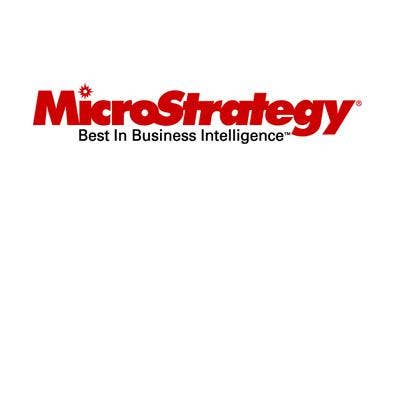
Desktop: HP Workstation Z
Hewlett-Packard first won us over to its workstation platform about a year ago, when the CRN Test Center took a look at an offering in its W-series. Since then, the computer giant has delivered the HP Workstation Z series to the market and it requires consideration by solution providers, given the pure horsepower it can provide. The Z400, for example, provides single CPU, Xeon-based processing capability, with a capacity for up to 16 GB of DDR3 memory, preloaded with Windows 7 32-bit or 64-bit, at an entry price of less than $800. HP has stuffed so much performance capability into this box at such a low entry price point that it can't be ignored.
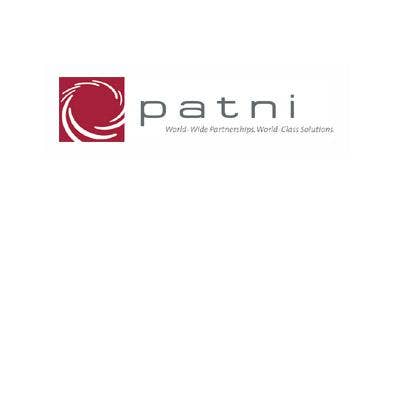
Notebook: Fujitsu Lifebook T4410
We've liked Fujitsu's tablet PC notebooks for a few years, but the addition and integration of Windows 7 into its lineup makes it a new weapon for information technology. Windows 7 was built with greater attention than ever before paid to the potential for touch and multitouch applications, and for Fujitsu the payoff starts immediately. We used a preproduction unit, but it looked like it was ready for prime time to us. Microsoft's latest OS allows the T4410 to work well in touch applications either with or without a stylus. The result: touch-based, PC computing the way we think it should have been.
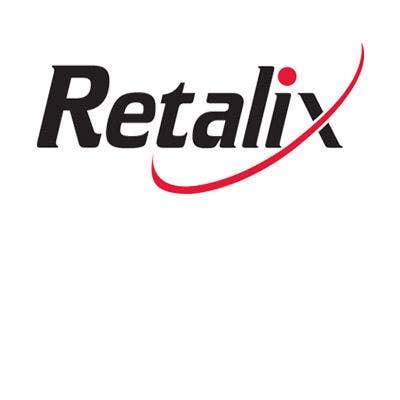
Netbook: HP Mini 2140
Hewlett-Packard unveiled this netbook at the Consumer Electronics Show in Las Vegas, and in the subsequent 11 and a half months no other vendor could impress us more. At first, we were hesitant to include netbooks as a category, but with a growing number of solution providers telling us this year that it's one of a number of different offerings they talk about with eager customers, we decided to consider them. Its six-cell battery lasted a full five hours almost to the second. That's among the best we've seen in this class. The six-cell battery, it should be noted, is designed to tilt the unit slightly up toward the display. That's not really obtrusive and, actually, the slight angle makes typing a little easier. HP lists the weight of the Mini 2140 as 2.6 pounds, but we found that it came to 2 pounds, 15 ounces with the six-cell in. HP demonstrated clearly that netbooks can be taken seriously in business conversations.
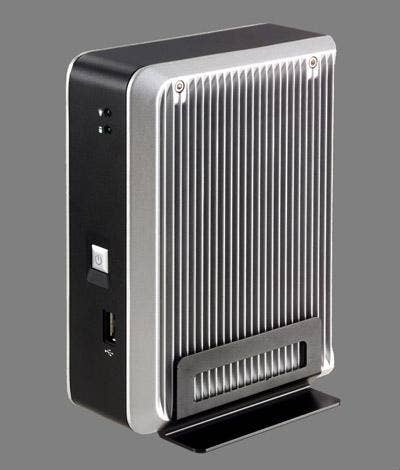
Server: Asus RS500-E6/PS4 Dual Xeon 5500 SATA Series 1U Rack Server
Very quietly, and without a lot of the attention that other vendors get in this space, Asus has developed a significant offering in the industry standard server space. This server offers significant flexibility and options for VARs, and the CRN Test Center found it competitive with tier-one server companies. This server can be found with a street price in the $2,300 ballpark, and it's more than worth it. We've looked at the offering built with dual-Xeon 5570s at 2.93GHz, with 20 GB of memory at 1.333GHz. For the money, being able to put the equivalent of a 2006 data center into a form factor little bigger than a pizza box is fantastic.
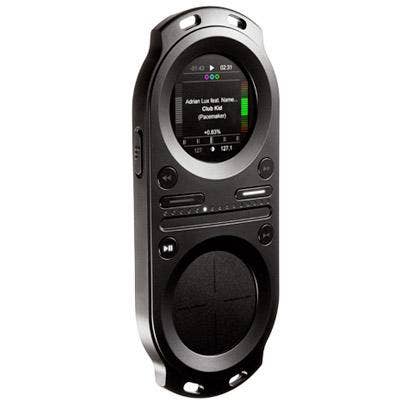
Open Source: MySQL
What can you say about a product that, more than anything, was cause for a holdup by European regulators into Oracle's multibillion-dollar takeover of Sun Microsystems? MySQL is a solid database acquired after Sun's purchase of open-source MySQL AB. Sun kept the product as an open-source option, only charging for some enterprise-level features. (European officials have voiced concerns that giving Oracle control over MySQL will hinder competitive choices in the marketplace, a concern Oracle says is misguided.) MySQL is good and as much of the industry begins to take advantage of a burgeoning "app store" model for software delivery, it certainly has a bright future.
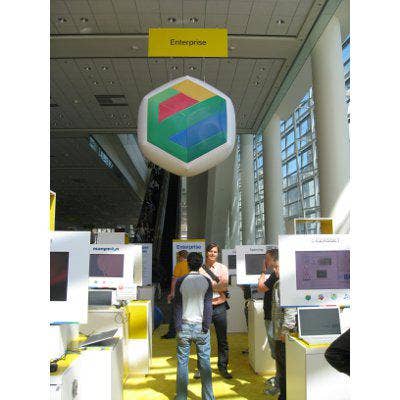
Cloud Application: LotusLive
If you had written off IBM's Lotus group for dead, you'd have been very, very wrong. Not only is IBM's Cambridge, Mass.-based software operation as feisty as ever, its adoption of the hosted model for its core products is actually giving it a major technical edge. Case in point: LotusLive. The CRN Test Center looked at, and liked, LotusLive Engage and LotusLive iNotes -- two hosted applications that bring collaboration and messaging to IBM's cloud in a significant and aggressive way. While rivals including Microsoft have made no bones about the fact that they will be players in the cloud space with its messaging, e-mail and collaboration, Lotus is there in a business-ready way right now. As enterprises begin what could be a long, measured transition from on-premise IT, to a hybrid model, to cloud computing, the full suite of LotusLive products gives the channel a way to get started right this minute.
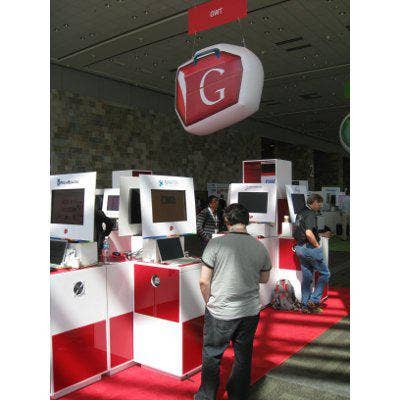
Health Care: Panasonic H1
The CRN Test Center began taking its first, hard look in 2009 at health-care IT solutions, but none impressed more than Pansonic's H1 tough tablet for medical enterprises. One of the final holdouts of the paper-based office, the medical field has recently been realizing the advantages of digitizing its many processes. In addition, a major part of the latest government stimulus package focuses on bringing health care into the 21st century. With these facts in mind, many hardware and software companies are gearing up to take advantage of this expanding market With the Toughbook H1, Panasonic addresses many of the issues required in a mobile clinical assistant. It is quiet and cool, extremely easy to keep sanitized and the extended battery life and hot-swappable batteries enable it to last as long as necessary. With nearly $20 billion of government money earmarked to modernize the health-care industry over the next five years, the timing is nearly perfect for it to help elevate Panasonic to key player status in a hot market.
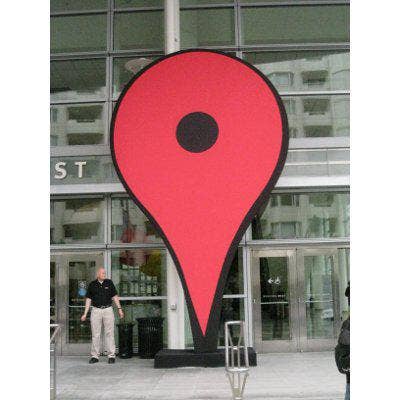
Messaging: Exchange 2010
Microsoft released the first public beta of Exchange 2010, code-named Exchange 14. This latest iteration of Microsoft's popular messaging platform combines on-premise management with online services. Exchange 2010 also gives end users a lot more control over their messaging environments. Add in enhanced unified messaging support and the integration of voice mail within Outlook Web Access, and so far it looks like Microsoft has a winner with Exchange 2010.
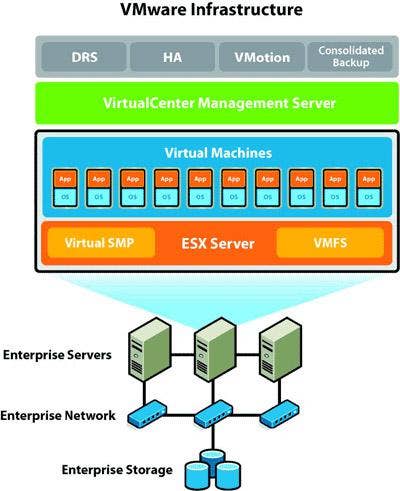
Virtualization: VSphere 4
VMware's vSphere 4, in addition to the traditional server virtualization functionality of the VMware ESX and ESXi and VMware Infrastructure 3 on which it is built, is aimed at aggregating and managing processors, storage and networking as part of a dynamic operating environment. Its goal: to eliminate the cost and complexity that many enterprises might see while deploying a virtualization solution. New with vSphere 4 is VMware vStorage Thin Provisioning, which allows customers to overprovision the storage capacity of virtual machines while not actually tying physical storage capacity to a particular machine. Also new is VMware Distributed Power Management, a technology that uses VMware's VMotion function for automatic migration of virtual servers between physical servers.
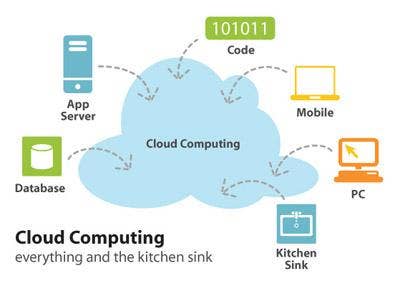
Product Of The Year: Windows 7
The bottom line: Microsoft has raised the bar with Windows 7 that had been lowered with Vista. It will be of interest to see if the promise that Windows 7 RC shows will restore any customer's faith that may have wavered with Vista. For a segment of IT that's been in the doldrums, the PC space needed Microsoft to do well with Windows 7 for any hope of a significant refresh cycle in 2010. On its own, Windows 7 is what it needed to be: a better-performing, more secure, less-annoying and less hardware-intensive Windows.
Microsoft has to be applauded for its efforts not just because it's a key driver of growth in IT, but also because it had everything to lose if this thing was not built right (what with Apple and the Linux world breathing down its neck.)
It's a great product. It does the job. It's our product of the year.